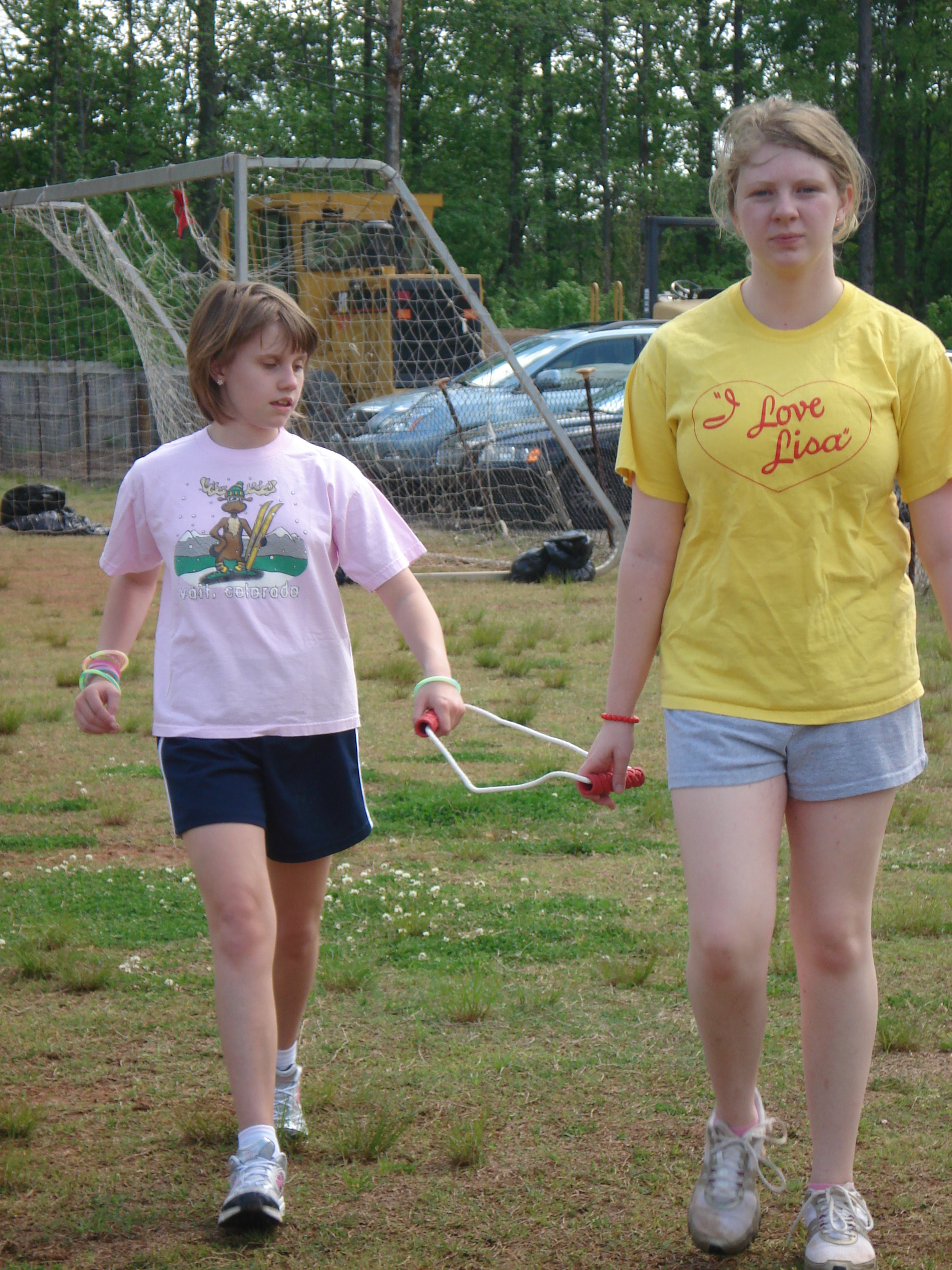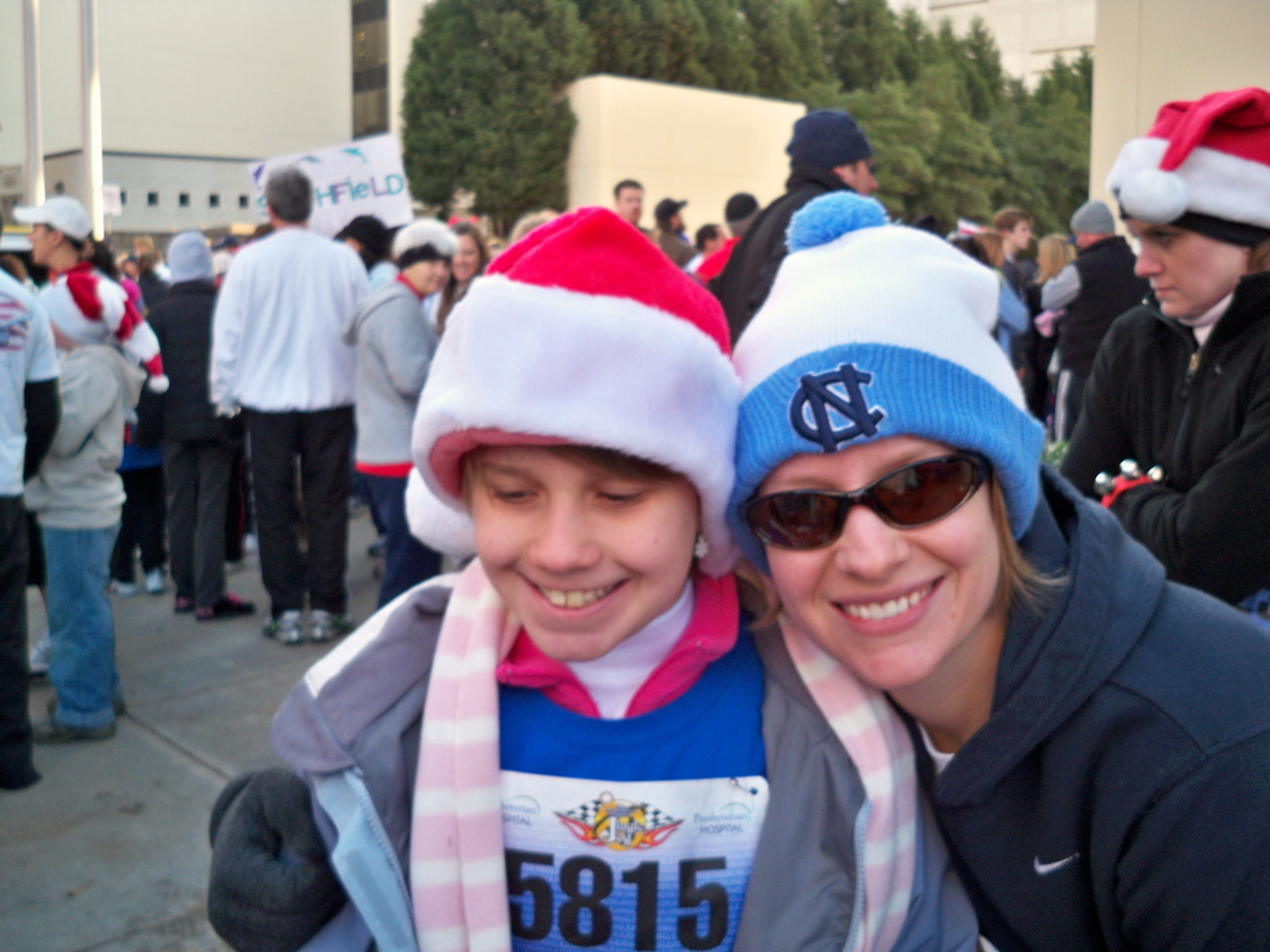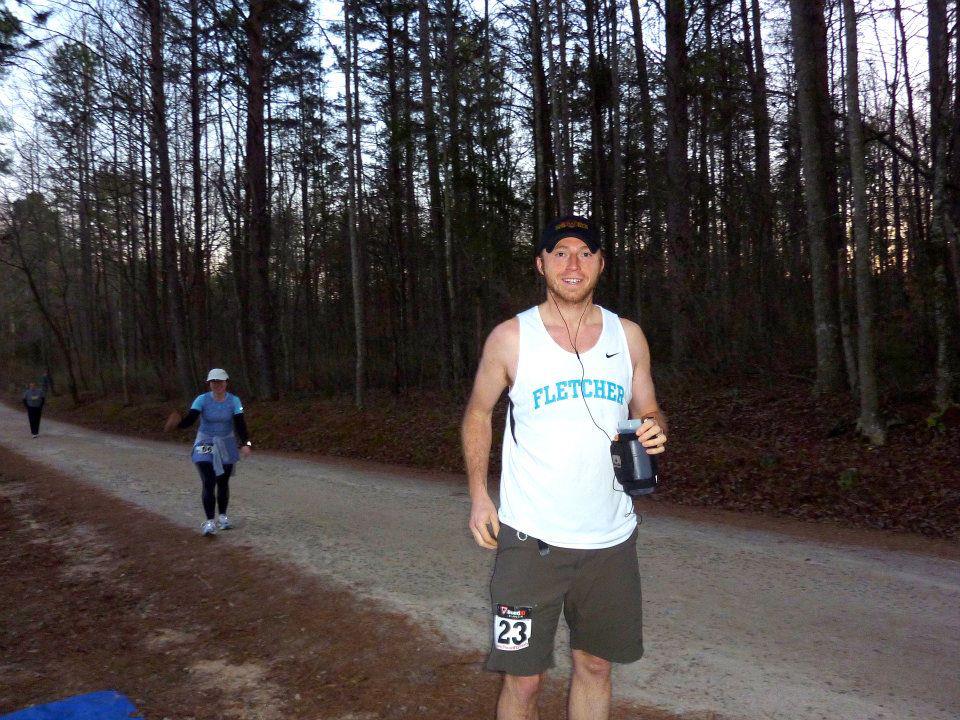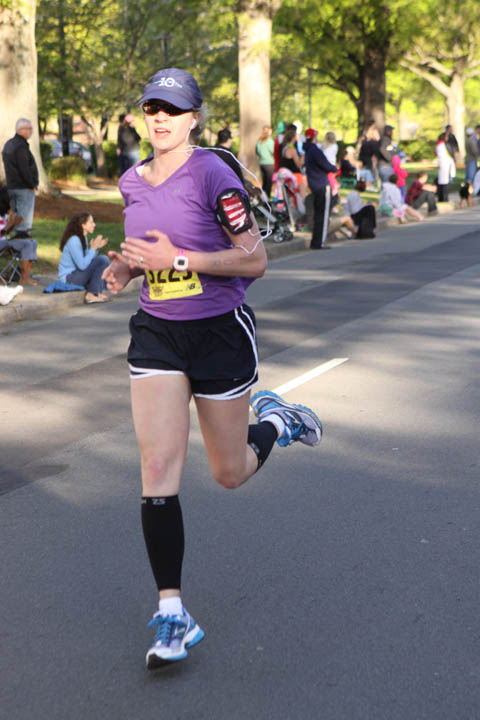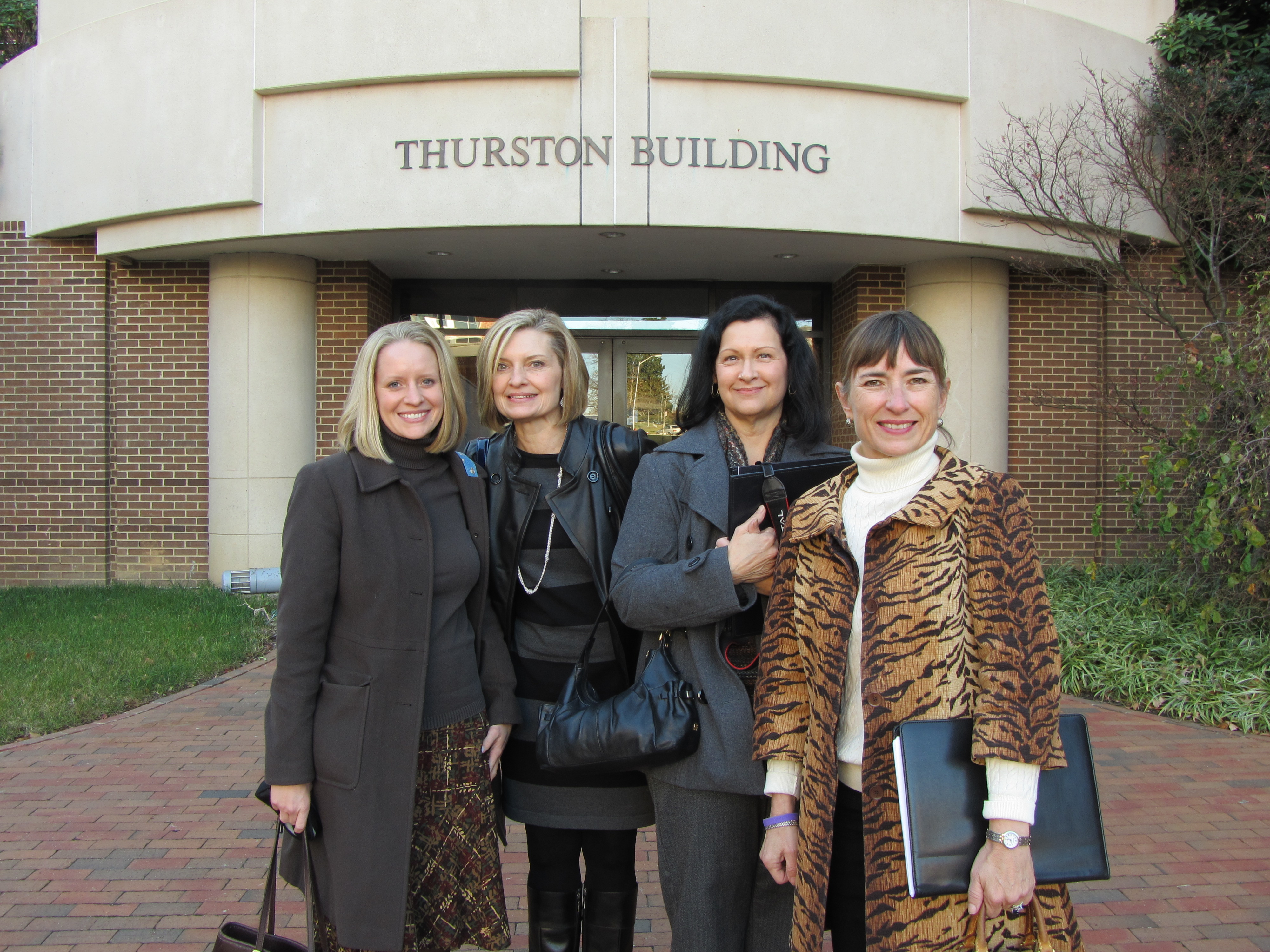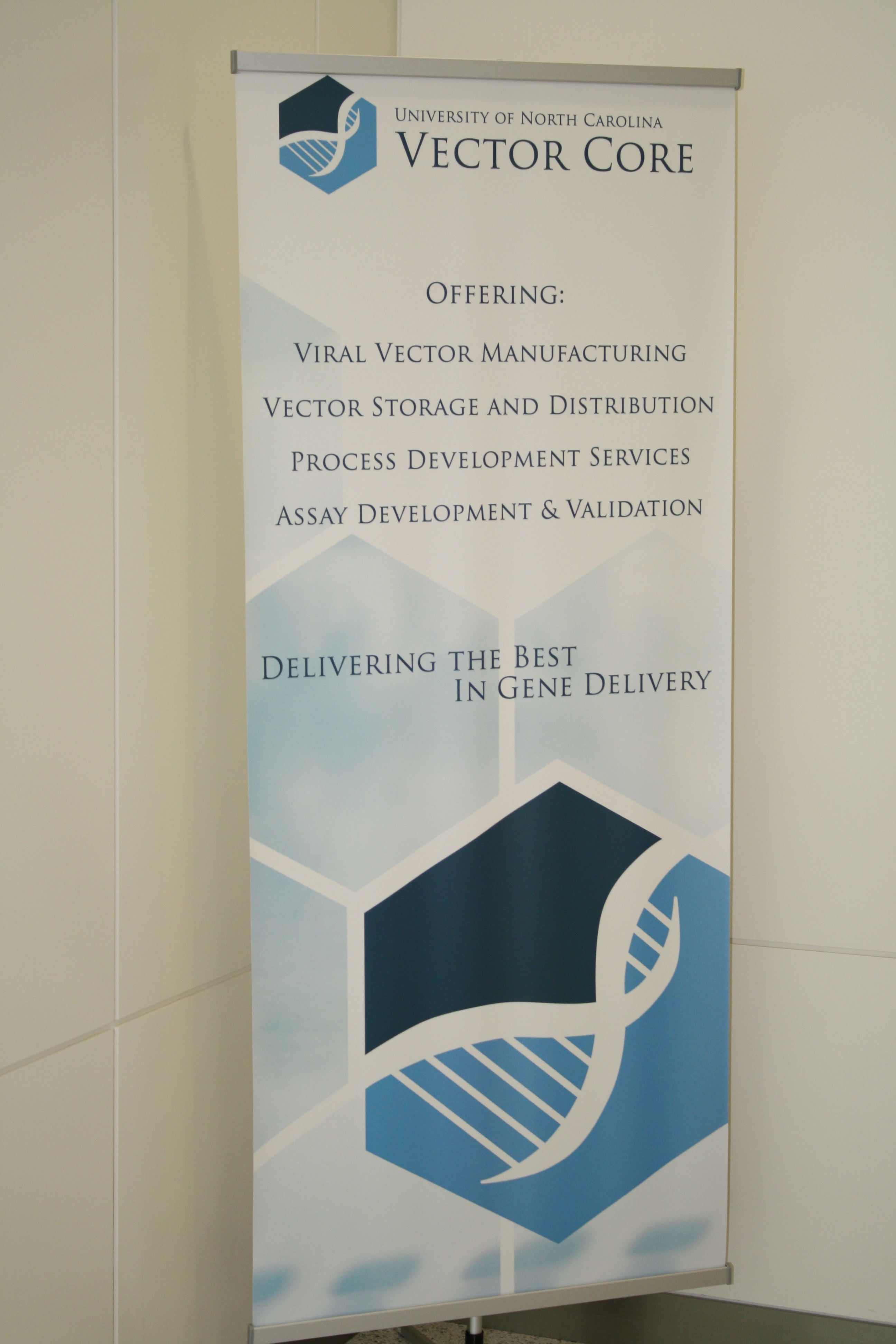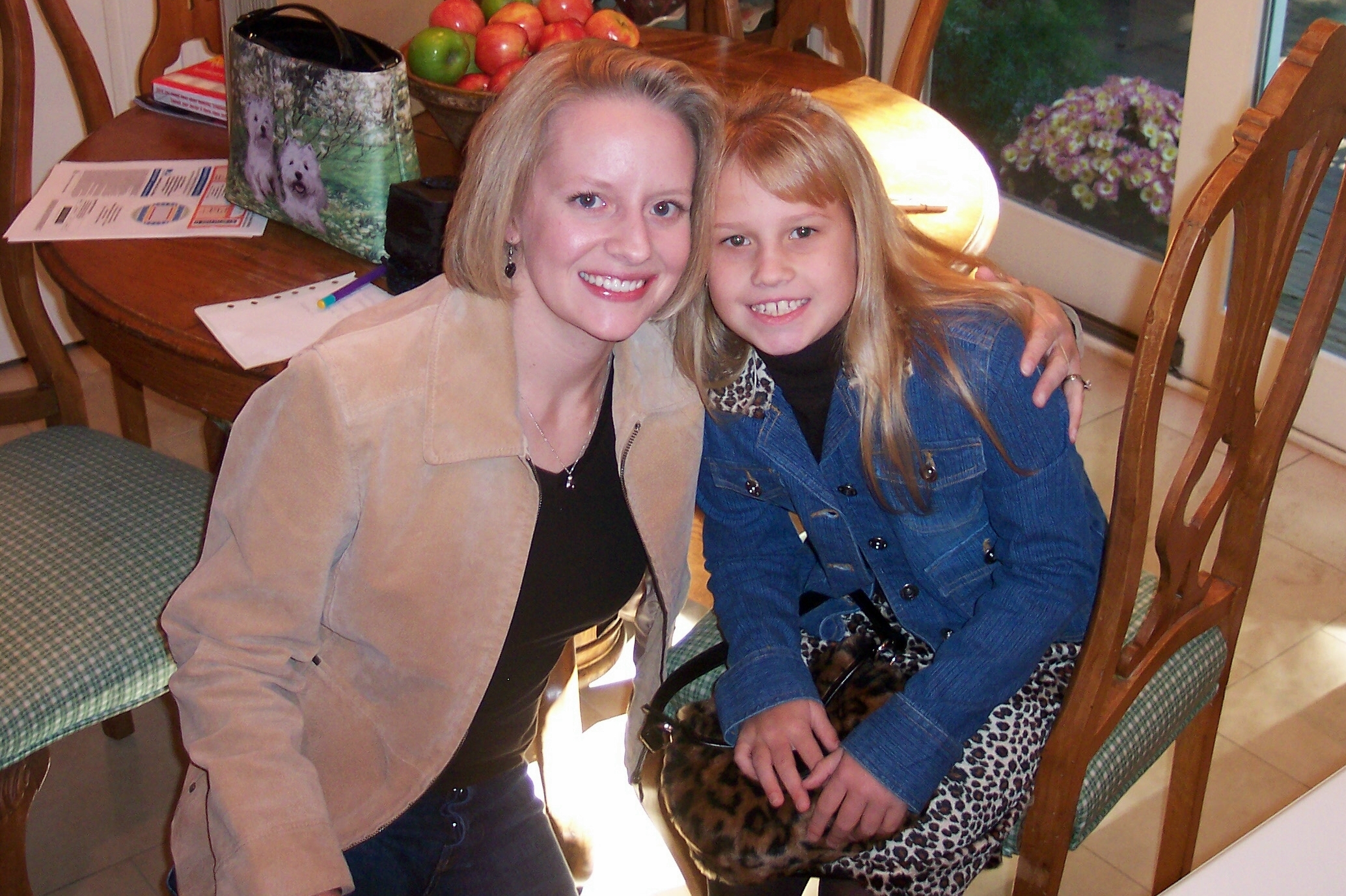I worked for one of our local hospitals for eight years. But when I walked through its revolving front door today and took a right down the main hallway, I saw and heard the world inside through different eyes and ears.
When the elevator doors opened on the fourth floor, I turned to the left just as my dad approached me. He had on a suit, but his jacket and tie were missing, and his collar was loose. Without saying a word, he led me into my grandmother’s room, where she was locked in twisted slumber.
The compact room’s mint green walls made the room feel smaller. An ancient Zenith TV hung in the corner, its screen dark. I wondered what my grandmother would watch if she could still follow a story.
Rays of early afternoon sunlight slanted through half-drawn blinds and found an open booklet on the table. A black and white diagram indicated exactly where the stroke occurred.
Her once porcelain skin looked pale. Her white hair, always permed even in the years since she moved to the memory care center, sat limp.
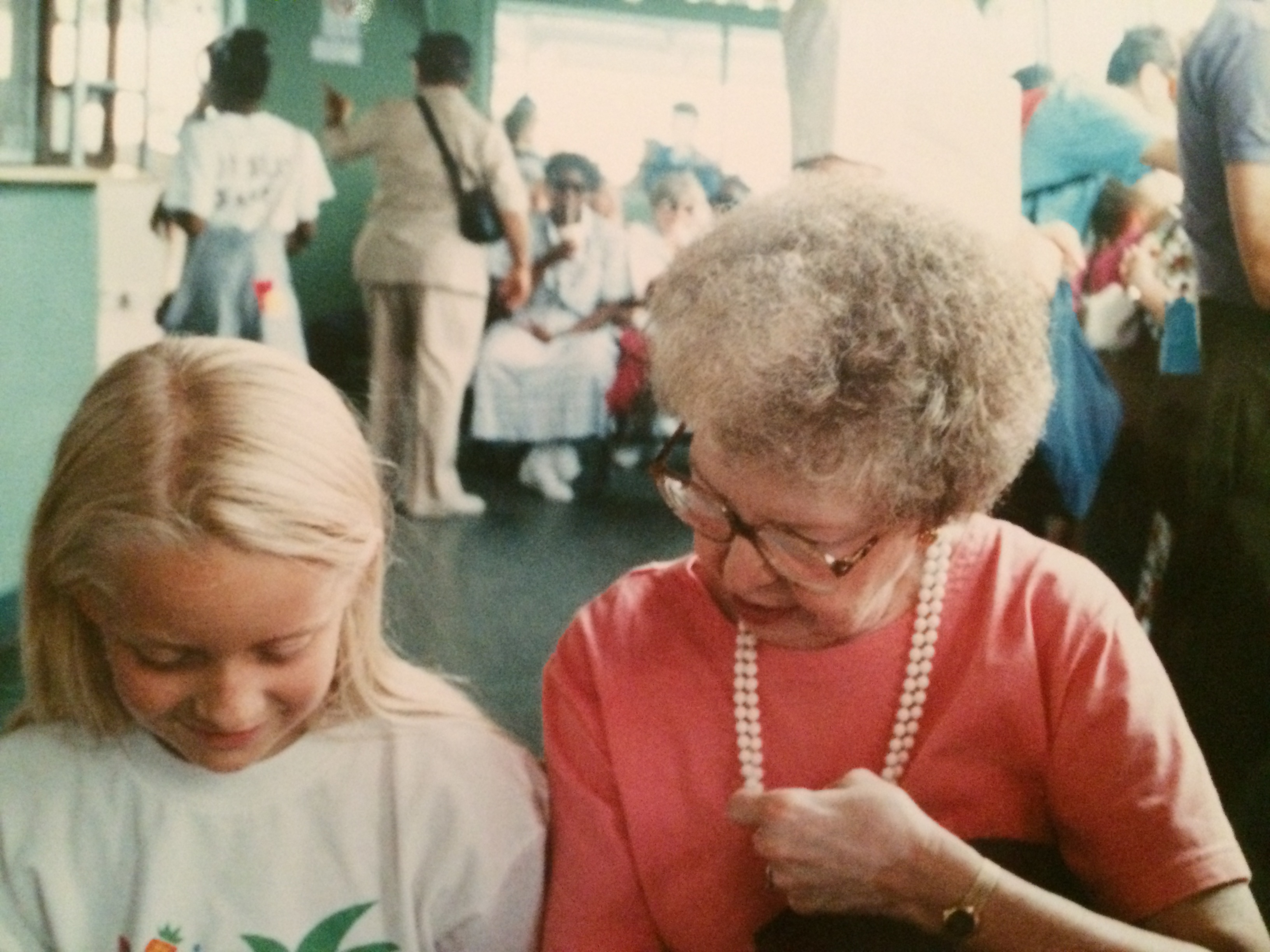 As I stood near the end of the bed and watched the warm sunlight play on the sterile hospital equipment, my thoughts drifted to a trip to New York City with my grandparents in the summer of 1990. We stayed at the Hilton, where the housekeeper placed my stuffed dog, Brownie, on the pillow on my rollaway cot every morning. We ate chocolate mousse at La Cote Basque and cheese omelets at Mme. Romaine de Lyon. We took a limousine to FAO Schwartz and the ferry to the Statue of Liberty. We stood on top of the World Trade Center, and I thought we were on top of the world.
As I stood near the end of the bed and watched the warm sunlight play on the sterile hospital equipment, my thoughts drifted to a trip to New York City with my grandparents in the summer of 1990. We stayed at the Hilton, where the housekeeper placed my stuffed dog, Brownie, on the pillow on my rollaway cot every morning. We ate chocolate mousse at La Cote Basque and cheese omelets at Mme. Romaine de Lyon. We took a limousine to FAO Schwartz and the ferry to the Statue of Liberty. We stood on top of the World Trade Center, and I thought we were on top of the world.
I wanted to tell her that story, but when I opened my mouth, nothing happened. Instead, I thought about how much I hate brain disease; how much it steals; how much more I would have done when she still knew my name, had I known.
In that same instance, I considered the full life my grandmother lived; the education she received; the things she achieved; the places and things she saw; the children and grandchildren she had. And I thought about how Batten disease is robbing my sister, Taylor, of all of those things; how we have a lifetime of memories with my grandmother, but when it comes to my little sister, Batten disease is stealing those, too.

